Oh look, there’s more. In today’s post we’ll cover Dead Dog books from the mid-’50’s through the ’70’s. In the final post I’ll have some general comments about WHAT THE HELL WERE THESE ADULTS THINKING.
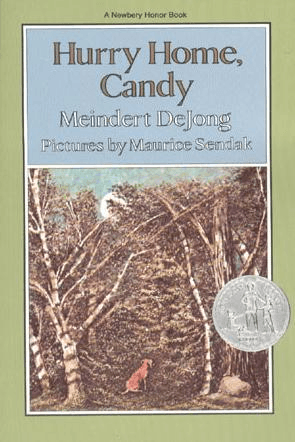 Hurry Home Candy (1954, Meindert De Jong)
Hurry Home Candy (1954, Meindert De Jong)
Puppy is abused by humans, runs away and suffers some more, finally finds a kind human who it learns to not be afraid of. A religious allegory. (De Jong was a Calvinist.) De Jong wrote several other books in this vein:
Along Came a Dog (1958): A stray dog is repeatedly driven away by a farmer, until he realizes it’s protecting the chickens. The dog’s favorite chicken is brutalized by the other chickens, and loses its feet to frostbite.
The Last Little Cat (1961): An unwanted kitten suffers until it finds a home where someone will love it.
A Horse Came Running (1970): Mark, son of midwestern farmers, has to fend for himself after a tornado. His favorite horse dies. Mark learns about being a man.
(De Jong is better known as the author of Wheel on the School, 1954, and The House of Sixty Fathers, 1956.)
 Old Yeller (1956, Fred Gipson)
Old Yeller (1956, Fred Gipson)
Travis, son of Texas farmers, gradually becomes attached to a stray dog that has come to stay. Old Yeller repeatedly saves family members from attacking bears, hogs, and other deadly threats. When he saves the family from a rabid wolf, Old Yeller is bitten, and Travis has to kill him. Travis gets a new puppy.
 Island of the Blue Dolphins (1959, Scott O’Dell)
Island of the Blue Dolphins (1959, Scott O’Dell)
Based on a real event, a Nicoleño girl is accidentally abandoned on an island off the California coast when her people leave. Her younger brother is with her but he soon dies. She befriends a wild dog, who dies. She lives alone for almost 20 years, until she is found and brought to the mainland.
I have a particular grudge against this book, because it is set on one of the Channel Islands off the coast of Santa Barbara, so the book was heavily pushed in schools in Santa Barbara, where I grew up.
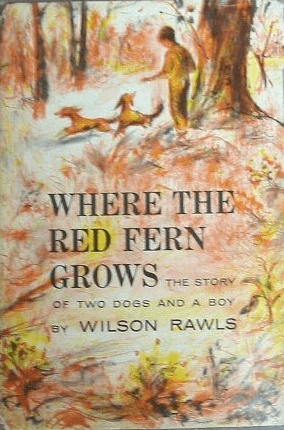 Where the Red Fern Grows (1961, Wilson Rawls)
Where the Red Fern Grows (1961, Wilson Rawls)
Billy, son of Ozark farmers, buys two coonhounds. Many raccoons meet grisly ends. Eventually the hounds fight a mountain lion to save Billy. One dog’s guts are torn out, and the other dog dies of grief. Billy learns about being a man.
 The Incredible Journey (1961, Sheila Burnford)
The Incredible Journey (1961, Sheila Burnford)
Two dogs and a cat leave their pet-sitters to travel home, suffering over a long journey of hundreds of miles, because that’s what loyal animals do. Burnford had obviously read Lassie or Lad or both. Contrary to the rumors in my elementary school, this was not based on a true story. Dogs don’t actually do that.
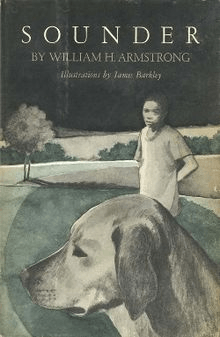 Sounder (1969, William H. Armstrong)
Sounder (1969, William H. Armstrong)
An African-American boy (nobody has a name except the dog), son of share-croppers, loses his dog on the night his father is imprisoned. The boy searches for the dog, only finding the dog’s torn-off ear. The dog turns up, badly mangled. Then the boy searches for his father, only finding a kindly schoolteacher who offers to teach him to read. The father turns up, badly mangled. The father dies in a hunting accident. The dog dies of grief. The boy learns to read.
 Julie of the Wolves (1972, Jean Craighead George)
Julie of the Wolves (1972, Jean Craighead George)
Miyax/Julie, daughter of a traditional Eskimo hunter, ends up living in town in an arranged marriage after her father disappears. She runs away to live with wolves. Her favorite wolf is shot by a hunter from a plane. She finds out her father is still alive, but he has abandoned traditional ways and now hunts . . . from . . . planes . . . She runs away again, but then her favorite bird dies of cold. She returns to human civilization.
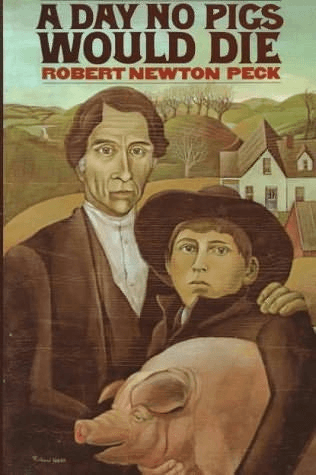 A Day No Pigs Would Die (1972, Robert Newton Peck)
A Day No Pigs Would Die (1972, Robert Newton Peck)
Robert, son of Vermont Shaker farmers, is given a piglet, which he names and raises. Absurdly gruesome scenes of farm life ensue. Robert’s father kills the pig. The father dies. Robert learns about being a man.
(Peck has claimed the book is based on his own childhood, but many of the details about Shaker life and animal husbandry are incorrect.)
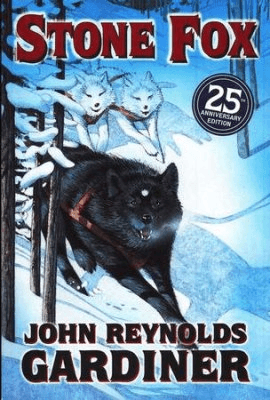 Stone Fox (1980, John Reynold Gardiner)
Stone Fox (1980, John Reynold Gardiner)
Willy, grandson of a Wyoming potato farmer, enters a dogsled race with his beloved dog Searchlight, determined to win the prize money so that his ailing grandfather can pay the tax collector. Near the finish line, Searchlight dies of heart failure, because she’s been trying so hard. Because that’s what loyal animals do. Willy carries Searchlight in his arms over the finish line. (Bonus: the titular Stone Fox, a silent, grim, Native American dog-racer, refuses to pass Willy or to let anyone else pass him as he carries Searchlight over the finish line. Because that’s what Native Americans do for white boys.)
Stay tuned for the post-mortem!
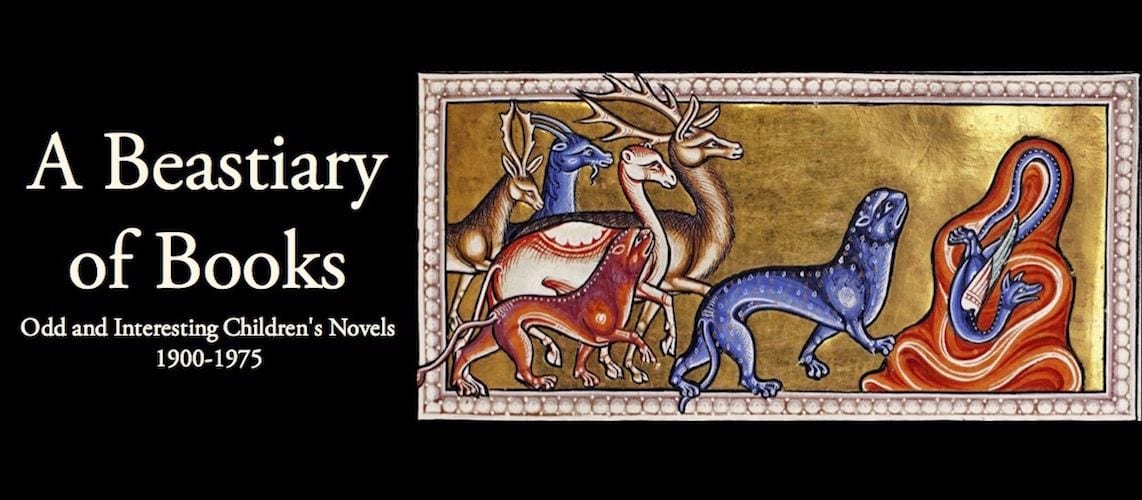
What I find most annoying and ironic is that there are many books, some written by the very authors mentioned above, in which the dog, horse & other animals do not die, often do not even suffer much, but these fine books are dissed as being “frivolous” and less literary because they are fun to read. for example Wilson Rawls also wrote Summer of the Monkeys, there is Kavik The Wolf Dog, and the Big Red series. I loved them as a kid, whereas Julie & the Wolves left me feeling sad and sick.
Excellent point! Experiment idea: take a random dog story, change the ending so that there are two versions, the dog either does or doesn’t die. Give them to adults and ask them to rate them for literary quality.
E just read Island of the Blue Dolphins for her third grade “book club” (school required). I had never heard of it before, but it was very intense.
You grew up in SoCal! How did you escape Island of the Blue Dolphins? 😆
I’m surprised SCCS is using the book, without looking into what Native Americans think about it. This is from American Indians in Children’s Literature (https://americanindiansinchildrensliterature.blogspot.com/):
O’Dell had little to go on in creating the worldview of Karana and her people. To flesh out the story, he inserted his prior research on other California tribes, inserting their ways into the Nicoleno tribe, as though one peoples’ way of being was interchangeable with another. O’Dell wrote Island of the Blue Dolphins prior to the development of multicultural literature and the attention to specificity, so it may be appropriate not to judge him too harshly for doing it. He also drew from popular stereotypes and clichés of American Indians, including the stories in which American Indians traded their land for a string of beads. An American embrace of stereotypes and clichés led to—and guaranteed—the success of the novel.
Island of the Blue Dolphins is a lot like most books and media about American Indians that give the audience the kind of Indians that America loves to love (Shanley, 1997). O’Dell gave us both: the savage ones (the Aleuts), and the gentle ones (Karana’s people). In a spirit of generosity, it is possible to justify why his story met with such success but how do we justify an embrace of it in the present time, when we know so much more about accuracy and authenticity of representation?
There is a fascination, a nostalgia, and a yearning for the romantic Indian and all that “Indian” means to people who think the best life anyone could have is one of the Indian of yesteryear, living in the pristine wilderness, where the weight of the world is not on your shoulders, where you can breath clean air, and drink clean water.
This nostalgia also captures the imaginings of the perfect childhood, but neither one is—or was—real. As such, Island of the Blue Dolphins is a perfect example of a book at the center of the canon of sentiment (Stevenson, 1997).
The story is lacking in its accuracy and suitability for informing children about American Indians. Will there come a time when there is a critical mass of gatekeepers rejecting works like this? I hope so. Sentiment is no excuse for ignorance.